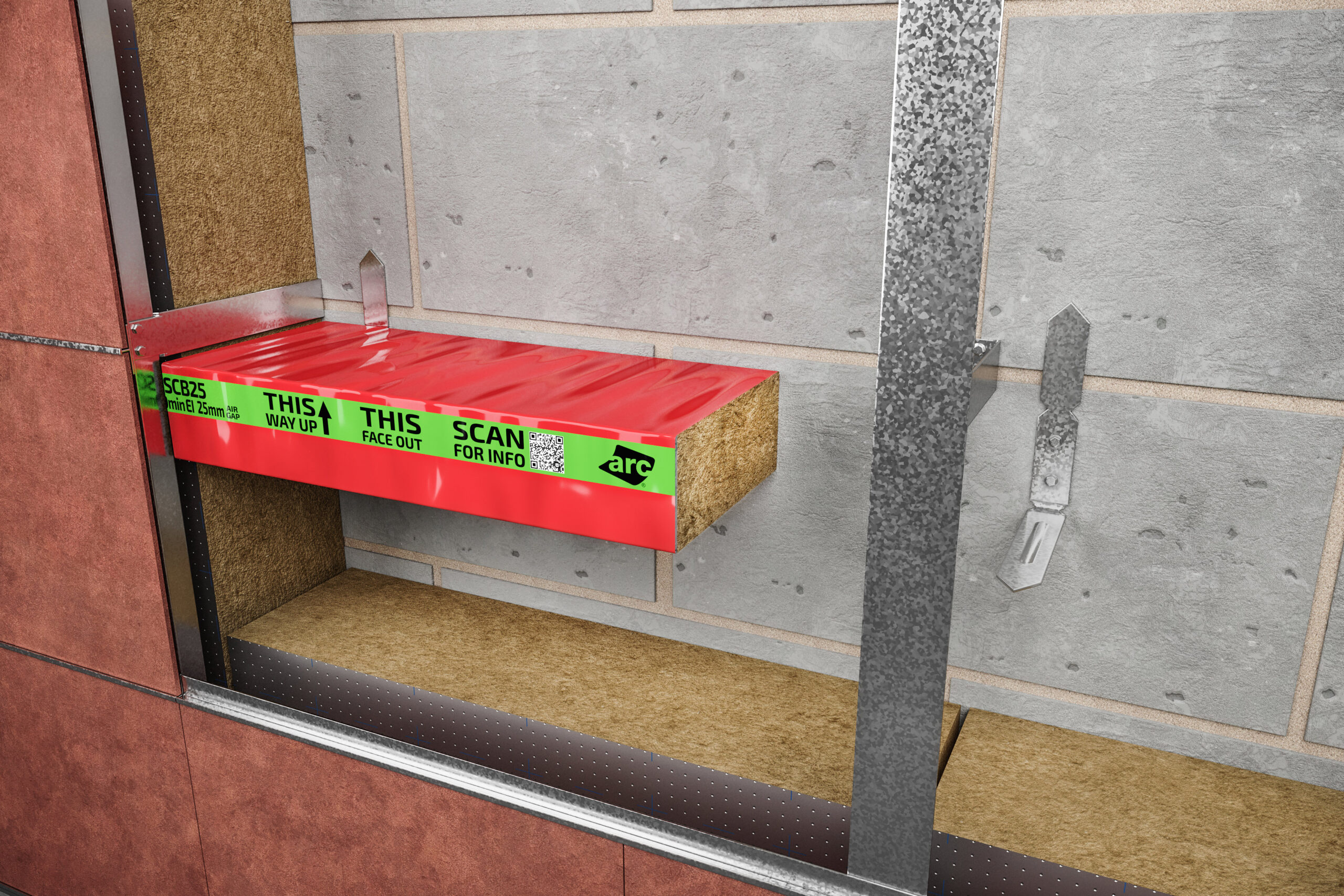
Image Source: Google
Fire safety is a crucial aspect of building design and construction. One essential component of fire safety that often goes unnoticed is the installation of fire cavity barriers. These barriers play a vital role in preventing the spread of fire within a building, helping to protect lives and property. In this article, we will explore the importance of fire cavity barriers and what you need to know about them.
What are Fire Cavity Barriers?
The best fire cavity barriers are passive fire protection systems that are installed within concealed spaces or voids in a building's structure. These barriers are designed to prevent the spread of fire and smoke through cavities such as ceiling voids, roof spaces, and stud walls. By compartmentalizing these spaces, fire cavity barriers help to limit the spread of fire, giving occupants more time to evacuate safely and reducing the risk of extensive damage to the building.
- Can be made of various materials such as intumescent strips, fire-resistant boards, and fire-resistant foams
- Must be installed correctly and maintained to ensure their effectiveness
- Can be tailored to fit specific building requirements and fire safety regulations
Importance of Fire Cavity Barriers
The installation of fire cavity barriers is crucial for several reasons:
- Limiting the spread of fire: Fire cavity barriers help to contain fire within a designated area, preventing it from spreading rapidly throughout the building.
- Protecting escape routes: By slowing down the spread of fire and smoke, cavity barriers provide occupants with more time to evacuate the building safely through designated escape routes.
- Minimizing property damage: Fire cavity barriers help to reduce the extent of fire damage within a building, potentially saving lives and reducing repair costs.
- Meeting building regulations: Building codes and regulations often require the installation of fire cavity barriers to ensure the safety of occupants and the structural integrity of the building.
Types of Fire Cavity Barriers
There are several types of fire cavity barriers available, each designed for specific applications and building requirements:
- Intumescent strips: These expand when exposed to heat, creating a seal that prevents the passage of fire and smoke.
- Fire-resistant boards: These boards are installed within cavities to provide a barrier against fire spread.
- Fire-resistant foams: These expand to fill cavities and create a fire-resistant barrier when exposed to heat.
- Flexible fire barriers: These barriers are versatile and can be fitted around pipes, cables, and other penetrations in fire-rated walls and floors.
Installation and Maintenance
Proper installation and regular maintenance of fire cavity barriers are essential to ensure their effectiveness in the event of a fire:
- Professional installation: Fire cavity barriers should be installed by trained professionals according to manufacturer guidelines and building regulations.
- Regular inspections: Inspections should be carried out periodically to check for damage, gaps, or obstructions that could compromise the barriers' performance.
- Repairs and replacements: Any damaged or deteriorated fire cavity barriers should be repaired or replaced promptly to maintain fire safety standards.
Conclusion
Fire cavity barriers play a crucial role in building safety by compartmentalizing spaces and limiting the spread of fire and smoke. Understanding the importance of fire cavity barriers and ensuring their correct installation and maintenance is essential for protecting lives and property in the event of a fire. By following fire safety regulations and investing in quality fire cavity barriers, building owners and occupants can enhance the overall safety of the building and reduce the risks associated with fire incidents.
